Here's an article written by Thom Hogan, describing how a Nikon D7100 outfit, a Fuji XT-1 outfit, and an Olympus E-M1 outfit ACTUALLY worked on his two-week Galapagos workshop trip earlier this year.
Equipment Used at the Workshop | byThom Sites | Thom Hogan
"The E-M1 and X-T1 were slightly more of a mixed bag, mostly attributable to focus. While most of us figured out ways to deal with fast motion and getting in focus shots, for me the EM-1 turned out to be the better choice, and I believe that is mostly due to lenses and the snap of the initial focus acquisition. The long telephoto option for the X-T1 does not seem to be as fast at adjusting focus as the m4/3 options we were using, and tended to move less rapidly to initial focus. Ifand thats a big ifyou acquire focus and can keep the moving subject where the X-T1 wants it with the 55-200mm lens zoomed in, youre fine, its actually better at holding focus tracking on regularly moving subjects than the E-M1 by a bit, though it will sometimes vary the burst rate doing so. Beware of what happens when you temporarily lose focus: more often than not youre hosed for that sequence (not true of the D7100 or Nikon DSLRs at all when set properly. as their phase detect systems usually reacquire lost focus very rapidly). The Fujifilm often couldnt reacquire initial focus quick enough when I lost it and restarted a focus sequence on a moving object."
And so on and so on.

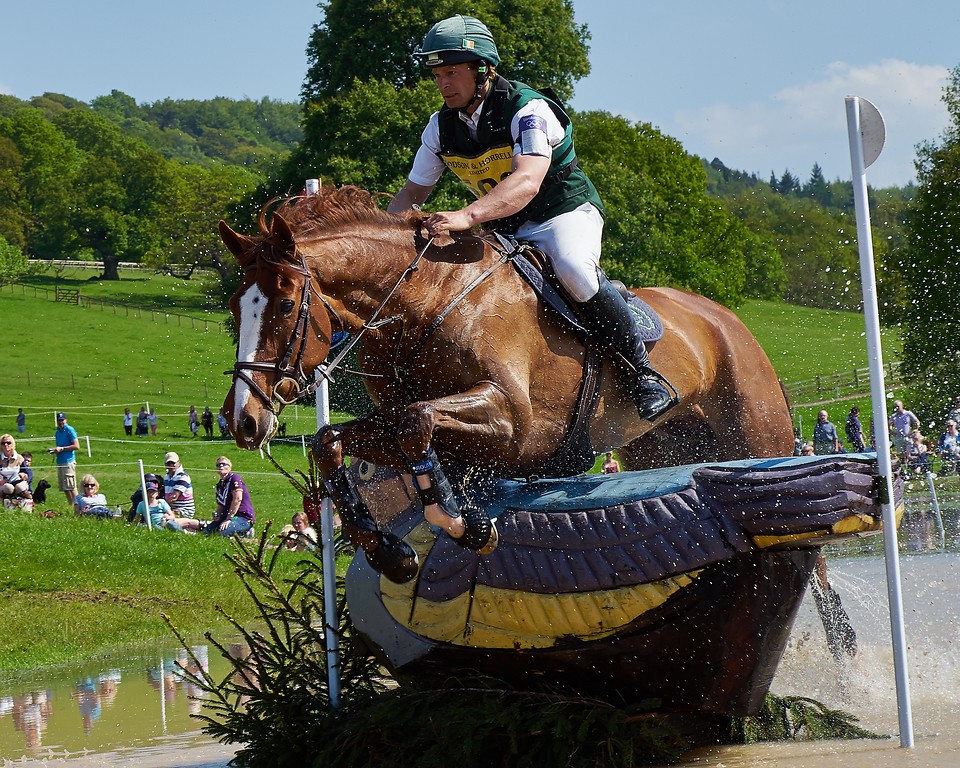
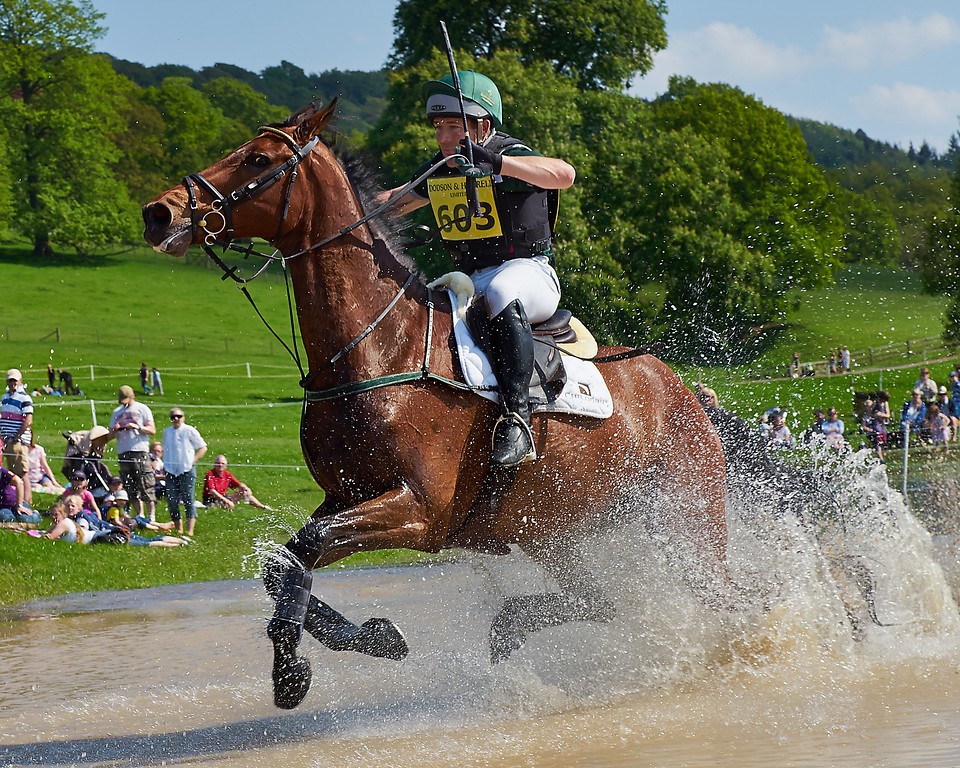
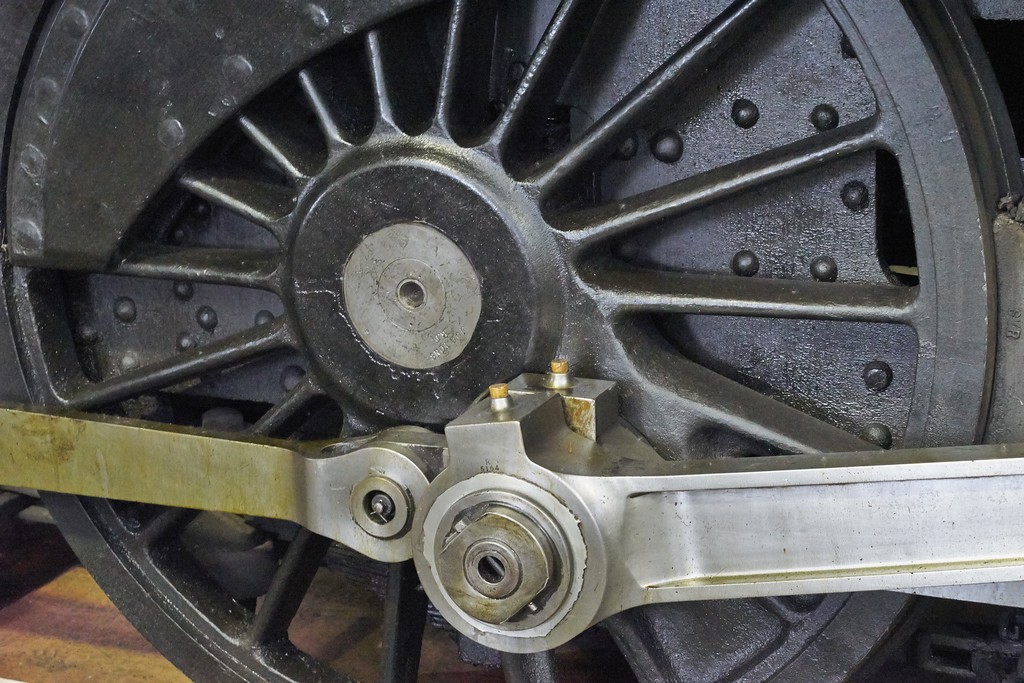
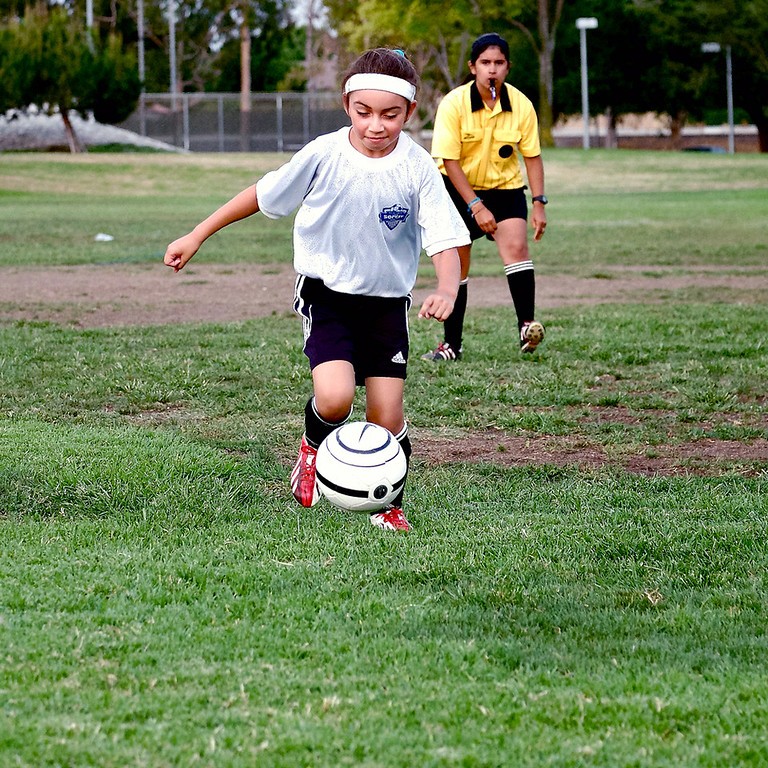
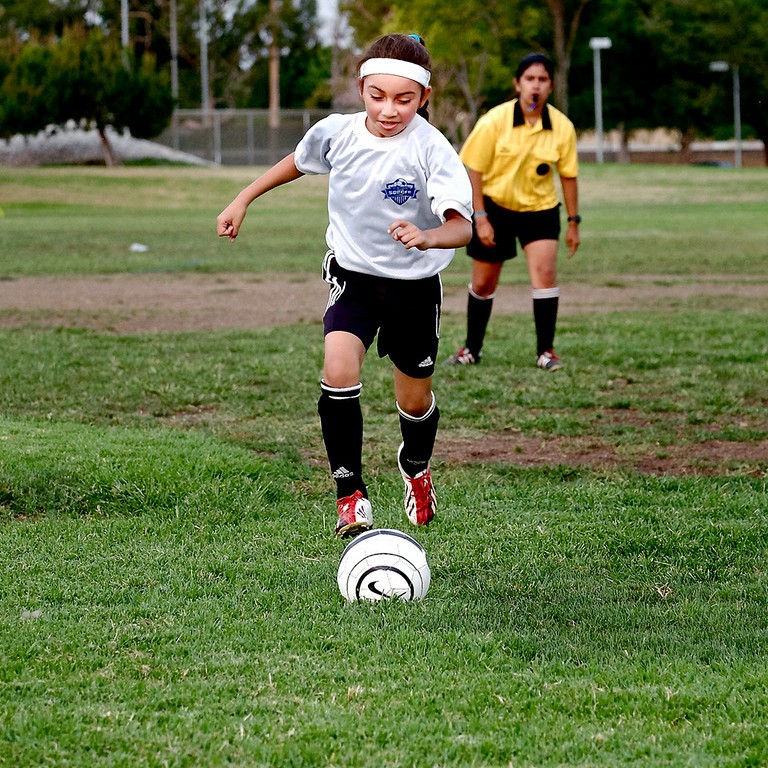
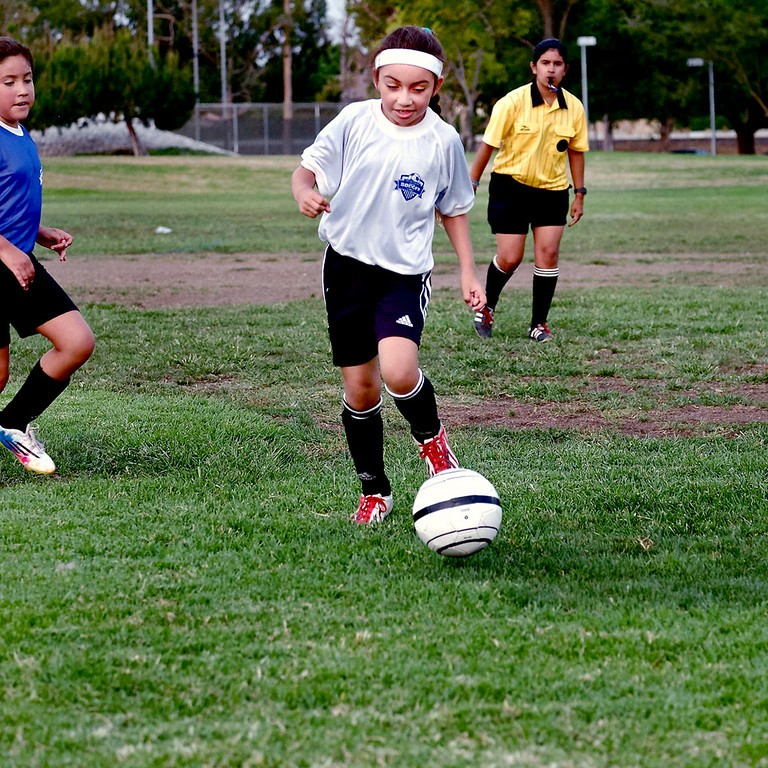
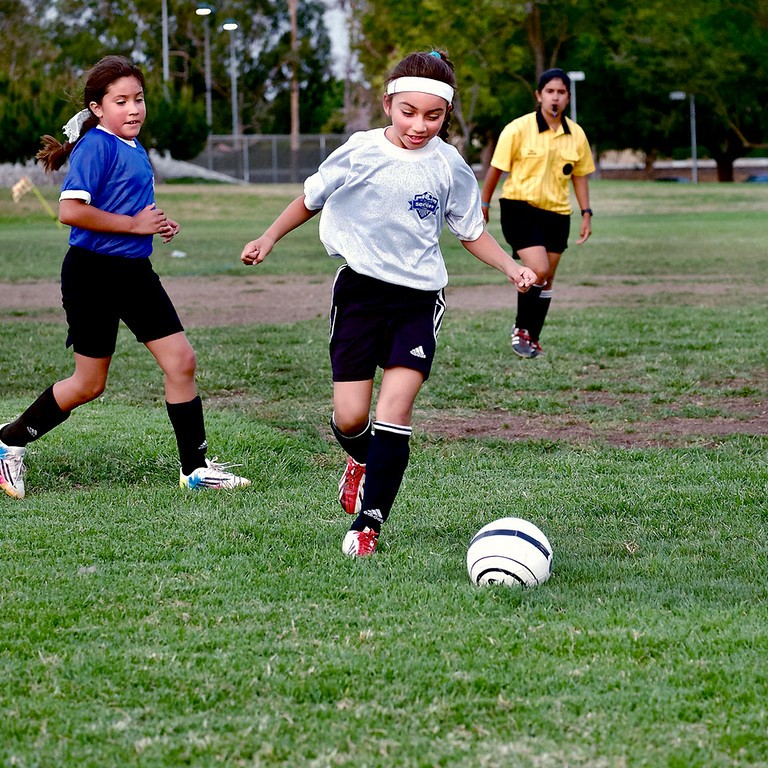

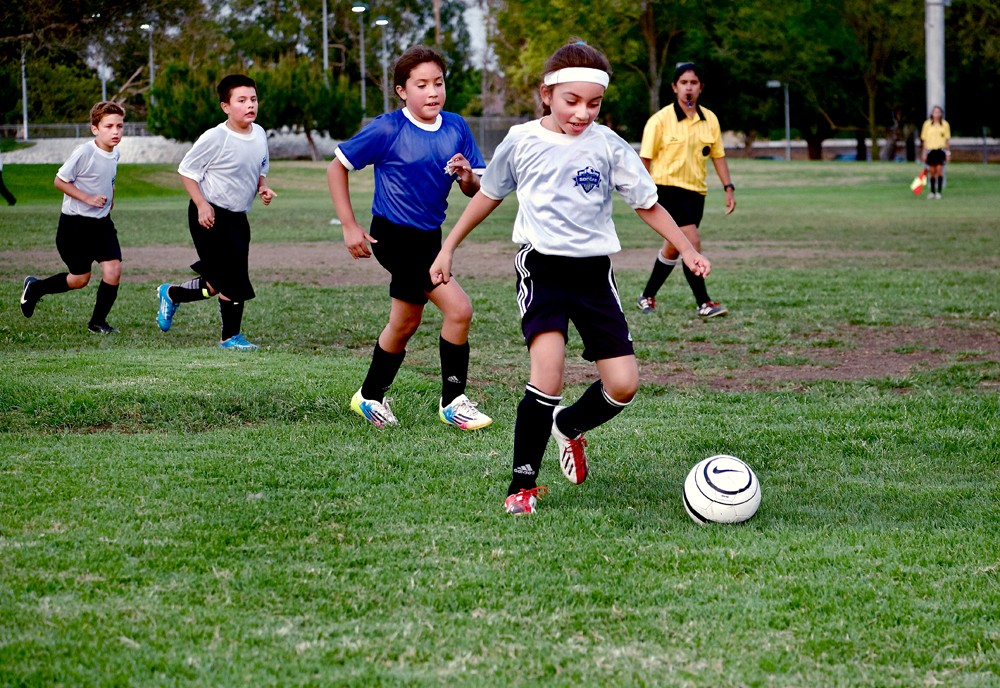

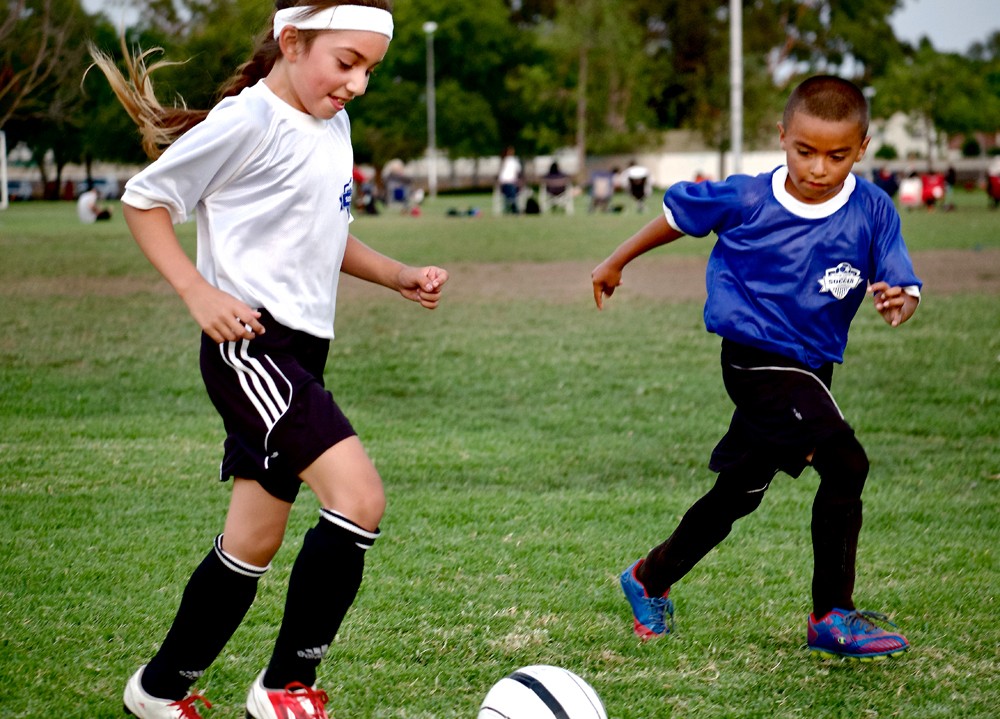



![[No title]](/data/xfmg/thumbnail/38/38262-10a9668da9a2b36a92cddde57caf87bc.jpg?1734172150)








